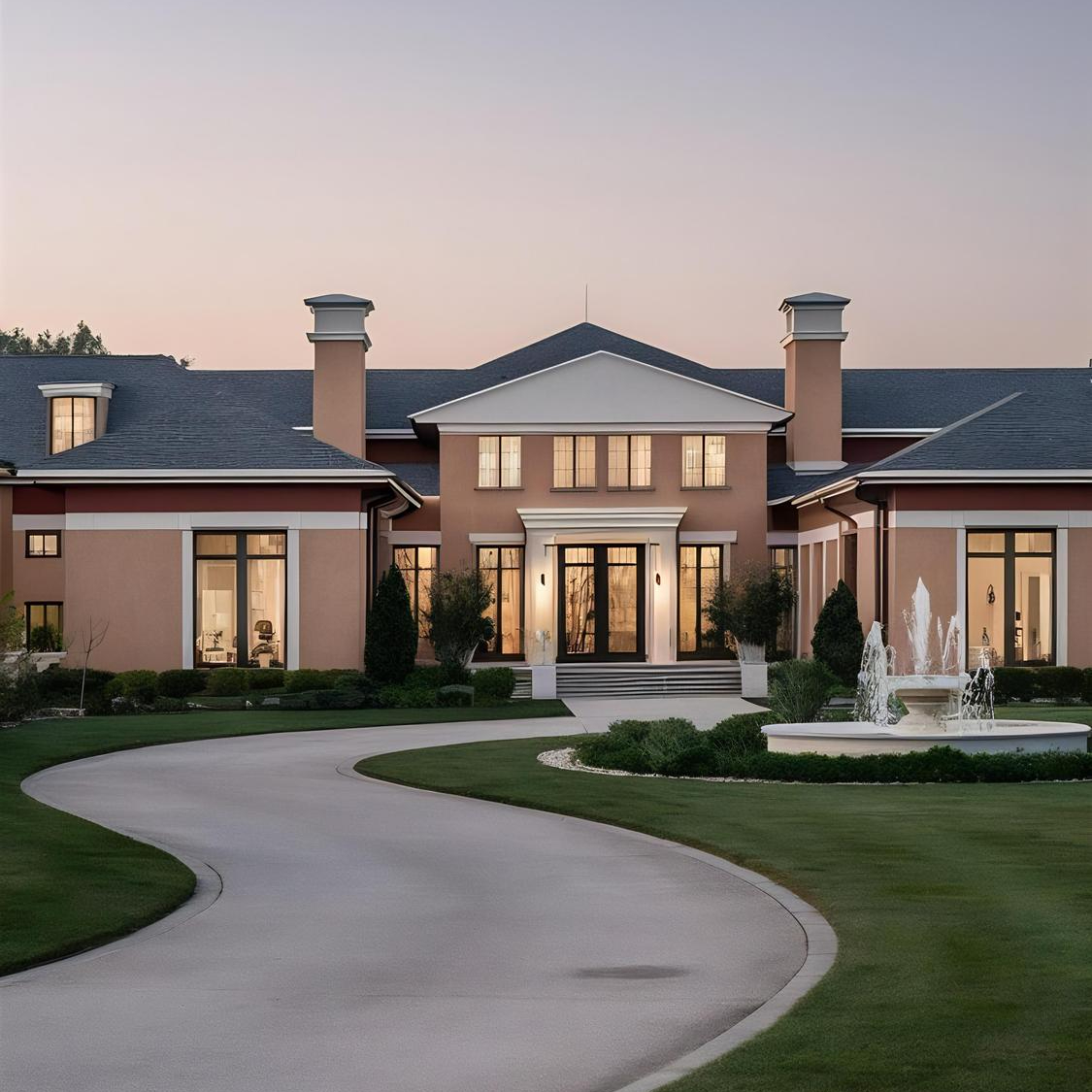by Brock Boatman
Adaptive reuse of existing properties continues to be an interesting development opportunity in the Twin Cities, particularly in downtown Minneapolis. However, the data suggests that not all opportunities are equal. The simple example is the continued conversion of aged warehouses and offices in the North Loop, where conversion to residential uses has been well established for years. A recent example of a new project that is underway is Solhem’s Security Warehouse conversion to apartments. Including new construction and properties still in lease-up, downtown Minneapolis apartment vacancy is still near 5%, with starting rent near $1,700. Reuse in this market sector is still well received, although new opportunities are diminishing as supply dries up.
In another adaptive reuse market, owner-users are still being drawn to the Downtown Minneapolis market. A recent example is the purchase by the Red Lake Nation to create a new student campus near US Bank Stadium. The Nation recently purchased the former Tiger Oak Media building and the adjacent properties for use as a new campus for their college. Previously, the buildings here had been a combination of offices, retail, industrial, among other uses in their 100 years of existence. Conversion to a classroom and administrative offices was a natural fit for an owner-user willing to invest the dollars to make these well-located structures beneficial to their cause.

The Rand Tower conversion to a hotel at the end of 2020 was unfortunately poorly timed yet helps demonstrate that existing structures that may no longer be viable as an office use can still find a purpose for reuse. While all hotels have experienced challenges over the last two years, the historic structure located in the heart of Downtown Minneapolis is currently experiencing above average occupancy rates as of the beginning of 2022 and reaching more than 80% occupancy on weekends and event nights – particularly Vikings games and other US Bank events. The Rand Tower conversion took obsolete office space off the market and created a new use that the market is utilizing. The largest reuse space is the Dayton’s project. Finally opening in early 2021, this million square foot project has only secured one major tenant, Ernst and Young. This project, with an extensive amenities package that not all developments can provide, does present a unique challenge; the large floor plans cannot easily accommodate a user smaller than around 5,000 square feet. This requires the project to find more home run type tenants in order to stabilize, a challenging prospect given space that has become available in City Center and the relocation of RBC. The Dayton’s project was always going to be a risky venture as a speculative development, and the unforeseen challenges of the last two years only added to the risk undertaken by investors and lenders.
Adaptive reuse of existing properties is always going to be a challenging undertaking, and the market’s reception can be mixed; however, we would expect to see continued development of this type with investors with the right creative mind and opportunities to keep these projects moving forward.
STAY IN THE LOOP
Subscribe to our newsletter.
Explore More



